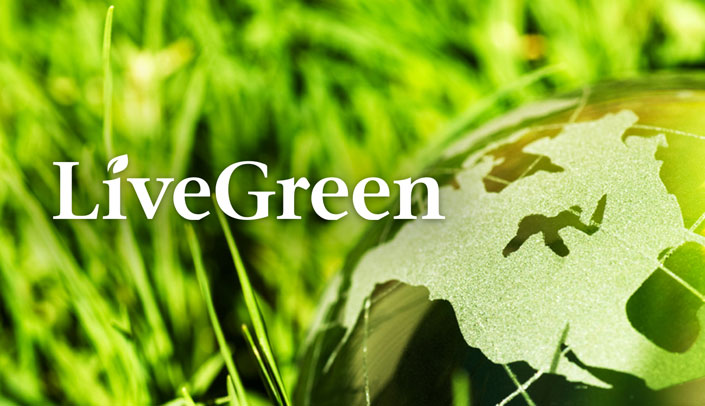As we use fossil fuels for energy, buildings, cars and homes emit carbon into the atmosphere, mostly as carbon dioxide, and the carbon cycle begins. The ocean absorbs about 30% of the emitted carbon dioxide. The amount varies based on what is available, atmospheric pressure and wind turbulence. As levels in the atmosphere have increased, the ocean has taken in more carbon dioxide, which in turn makes the ocean more acidic, causing problems for ocean plants and animals. The National Oceanic & Atmospheric Administration (NOAA) predicts that ocean acidification will continue to get worse.
Plants take up 25% of the carbon dioxide that is emitted by humans through photosynthesis, releasing the oxygen and storing the carbon. As humans tear down forests, this creates a negative feedback loop. The more trees and forests that are cut down, the fewer plants available to absorb the carbon dioxide, which stays in the atmosphere. This causes the Earth to heat up, which contributes to droughts and plants drying out, which causes forest fires to burn more extremely and causes the carbon that was stored in the tree/plant to be released into the atmosphere.
The rest of the emitted carbon dioxide (45%) will remain in the atmosphere. The ocean has a limit on what it can absorb, and deforestation limits the availability of plants to absorb it. Essentially, the more carbon dioxide we emit, the more carbon dioxide stays in the atmosphere. This is the leading cause of climate change, and it’s also bad for human health. Carbon dioxide is a pollutant, and it, along with other fossil fuel emissions, are harming human health and killing more people each year.
Don’t despair. You can help reduce emissions. You can:
- Advocate for renewable energy sources
- Increase energy efficiency at home and at work
- Reduce car trips and use active transportation (TravelSmart is free)
- Compost your food waste (food in landfills is a major emissions source)
- Buy less stuff (increase use of resources and transportation)
- Plant a garden
- Reduce as much plastic use as you can, especially single use plastic.
Click on the links for tips to get started and/or to learn more. These steps will almost always save you money and some will improve your physical and mental health. Your actions add up and can influence others, increasing the impact.
